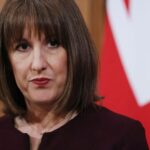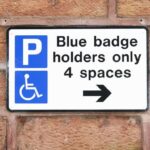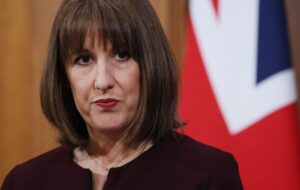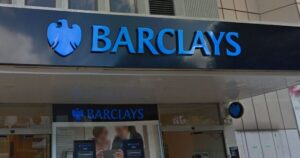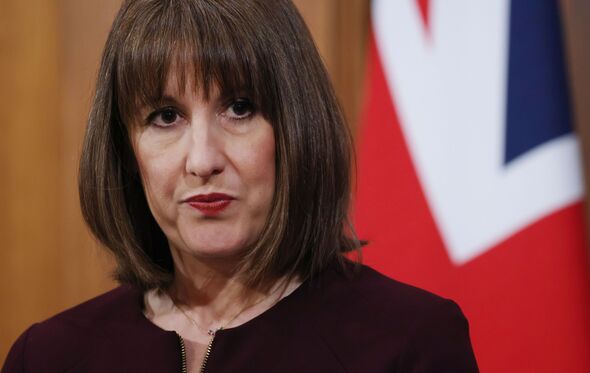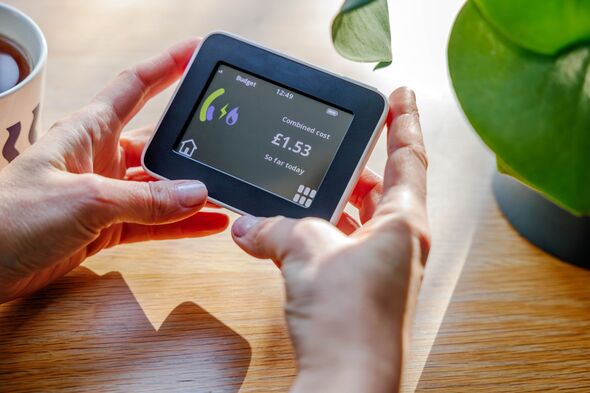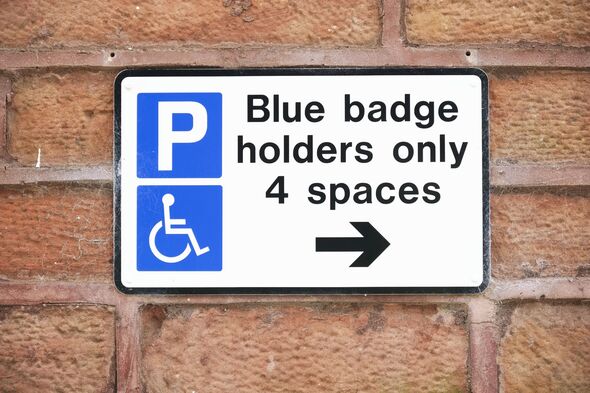
More than 500,000 home buyers are on expensive standard variable rate mortgages carrying ‘rip-off’ interest rates, it has been revealed.
The rates on these deals are way ahead of home loans that track the Bank of England base rate or the cheapest fixed rate deals.
As a result, someone with a £300,000 mortgage could be paying £472 a month more than necessary – an extra £5,664 a year.
Many households end up on these standard variable rates (SVRs) after a cheap fixed rate deal, running for two or five years, comes to an end.
In theory, these home buyers could simply switch to a new rate with their existing lender or switch to a new bank or building society. However, it seems some fail to do so, perhaps because they forget, do not understand the process or are elderly and vulnerable.
The average standard variable rate (SVR) is currently a sky-high 8.16 percent while there are many fixed rate deals charging less than 4 percent.
Industry figures from the trade body UK Finance indicate that around 600,000 mortgage holders are currently on SVR deals, delivering a profit bonanza to lenders.
Nicholas Mendes, of brokerage John Charcol, said the SVR figures charged by lenders varies enormously, but they are generally way above the cheapest deals on the market.
“Major lenders’ SVRs are between 6.99 percent and 7.74 percent.” He said some are only 5.59 percent whereas some today are as high as 9.24 percent.
Chris Sykes from Private Finance told the Telegraph that SVRs are a “rip-off”. However, he said it is “very rare” for a mortgage holder to be on one.
He added: “If they are it should be for an incredibly short period of time, such as two months between the end of a product and a property sale.
“If you want variability and expect rates to reduce, then a tracker would almost always be a better product than an SVR.”
The prices of new fixed-rate mortgages have fallen over the past month. For example, NatWest is offering a five-year fixed rate mortgage at 3.83pc, which is less than half the average standard variable rate.
These falling rates have led to a 19 percent increase in the number of people making contact with estate agents looking to buy and sell.

